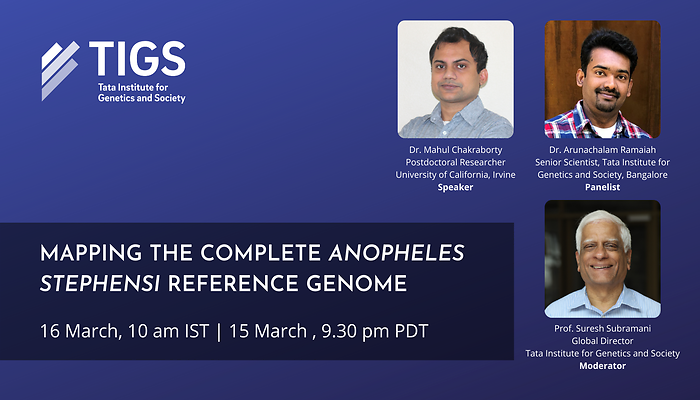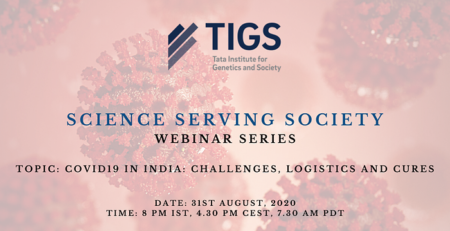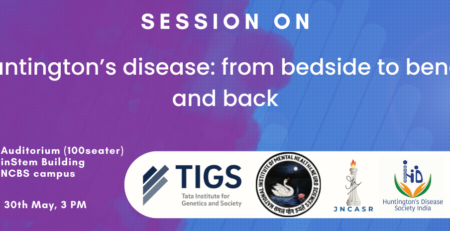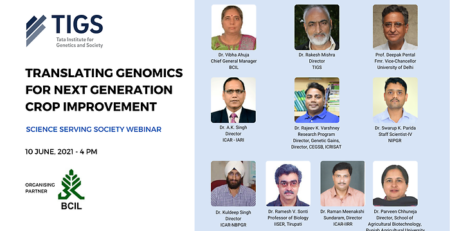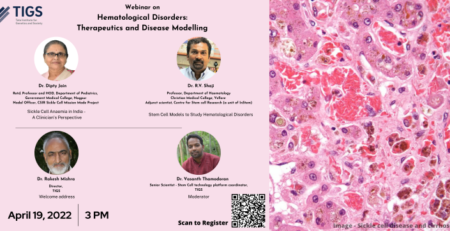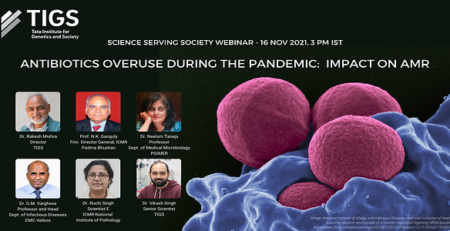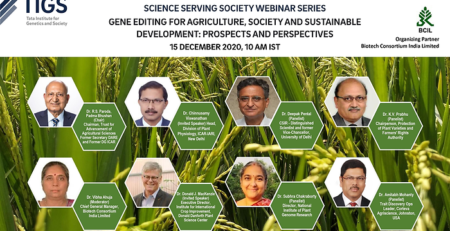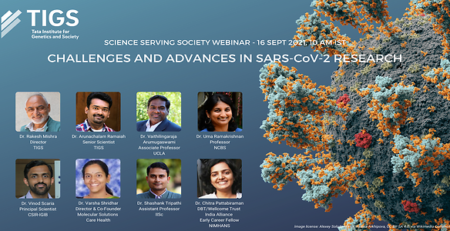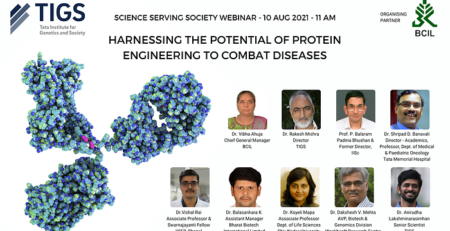Webinar recording
Highlights
After unveiling a groundbreaking new reference genome for the malaria vector Anopheles stephensi in February 2021, the lead scientists behind this research, Dr Mahul Chakraborty, Postdoctoral Researcher at the University of California, Irvine, and Dr Arunachalam Ramaiah, Senior Scientist at TIGS, joined our sixth Science Serving Society event on 16 March 2021 to talk about their findings. TIGS Global Director, Prof Suresh Subramani, moderated the event.
The first half of the event featured a talk by Dr Mahul Chakraborty on the process of building the reference genome and the significance of this particular An. stephensi reference genome. Dr Chakraborty began his talk by speaking about various types of mosquitoes and insects responsible for spreading diseases like malaria, dengue, chikungunya, filariasis, West Nile fever, leishmaniasis, etc. He explained that to control these disease transmitting vectors effectively and sustainably, their high-quality reference genomes are necessary. A reference genome allows vector biologists to study parasite-host interactions, transmission patterns, disease evolution, mutations that cause resistance to insecticides, response to existing control and treatment methodologies as well as possible new solutions to mitigate the threats they pose.


Dr Chakraborty then explained the shot gun approach to building a reference genome, its various steps including fragmentation, sequencing and genome assembly into contigs and scaffolds. Dr Chakraborty compared the contiguity of various mosquito and Drosophila reference genomes published in the past with the most recent An. stephensi reference genome and explained the process changes involved in building each of them. He concluded by discussing the profound implications that this ‘gold standard’ Anopheles stephensi reference genome would have on vector and pest biology research in India and across the world.


Some of the key benefits of this reference genome are as follows:
- The assembly reveals 3000 genes that previously evaded scrutiny.
- The discovery includes 29 formerly undetected genes that play crucial roles in resistance to chemical insecticides, a development that lends itself to the urgency of addressing growing Asian and African An. stephensi populations with insecticide-resistant mutations.
- The findings also offer clues suggesting that the molecular basis of insecticide resistance may differ between sexes.
- This reference genome can assist vector biologists in developing advanced forms of defense against malaria transmission, including targeted CRISPR and gene drive-based strategies.

The presentation was followed by a panel discussion with Dr Arunachalam Ramaiah, Dr Chakraborty, and Prof Suresh Subramani. They discussed the nature and origin of transposable elements found in the An. stephensi genome, the importance of the male-linked genes found on the Y chromosome, the presence of structural variants and interesting findings in the genome such as bacterial sequences.
Link to the complete research paper published in the journal BMC Biology: https://bmcbiol.biomedcentral.com/articles/10.1186/s12915-021-00963-z

